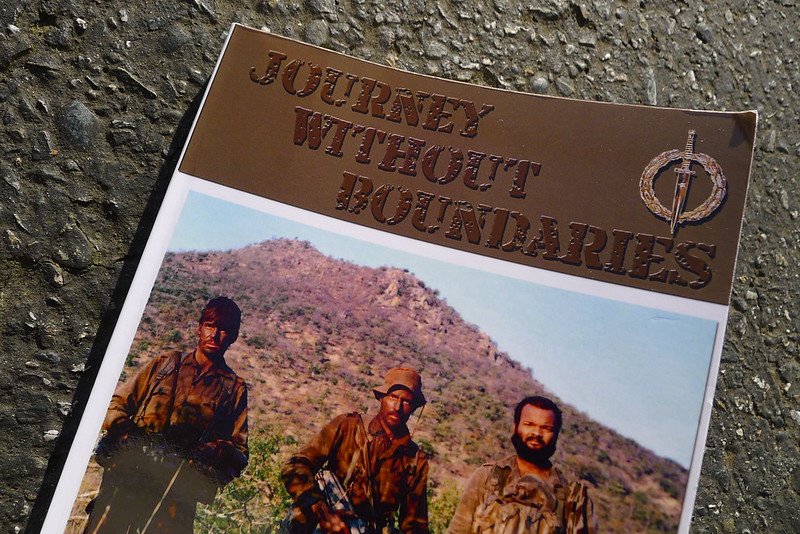Import Export Snowmobile
Austin Kleon highlighted a Brian Eno quote on why he stopped touring:
What I really like doing is what I call Import and Export. I like taking ideas from one place and putting them into another place and seeing what happens when you do that. I think you could probably sum up nearly everything I’ve done under that umbrella. Understanding something that’s happening in painting, say, and then seeing how that applies to music. Or understanding something that’s happening in experimental music and seeing what that could be like if you used it as a base for popular music. It’s a research job, a lot of it. You spend a lot of time sitting around, fiddling around with things, quite undramatically, and finally something clicks into place and you think, “Oh, thats really worth doing.”
Which is precisely what Boyd was describing in Destruction and Creation. In his biography, Robert Coram illustrates a specific example:
Boyd’s favorite example in “Destruction and Creation” was a thought experiment that took his audience through his exegesis on the nature of creativity. It went something like this: “Imagine four separate images. Let’s call them domains. Each domain can be easily understood by looking at its parts and at the relation among the parts.”
Boyd’s four domains were a skier on a slope, a speedboat, a bicycle, and a toy tank. Under “skier” were the various parts: chair lifts, skis, people, mountain, and chalets. He asked listeners to imagine these were all linked by a web of relations, a matrix of intersecting lines. Under “speedboat” were the categories of sun, boat, outboard motor, water skier, and water. Again, all were linked by the intersecting lines. Under “bicycle” were chain, seat, sidewalk, handle bars, child, and wheels. Under “toy tank” were turret, boy, tank treads, green paint, toy store, and cannon.
The separate ingredients make sense when collected under the respective headings. But then Boyd shattered the relationship between the parts and their respective domains. He took the ingredients in the web of relationships and asked listeners to visualize them scattered at random. He called breaking the domains apart a “destructive deduction.” (Today some refer to such a jump as “thinking outside the box.” But Boyd believed the very existence of a box is limiting. The box must be destroyed before there can be creation.) The deduction was destructive in that the relationship between the parts and the whole was destroyed. Uncertainty and disorder took the place of meaning and order. Boyd’s name for this hodgepodge of disparate elements was a “sea of anarchy.” Then he challenged the audience: “How do we construct order and meaning out of this mess?”
Now Boyd showed how synthesis was the basis of creativity. He asked, “From some of the ingredients in this sea of anarchy, how do we find common qualities and connecting threads to synthesize a new and altogether different domain?” Few people ever found a new way to put them together. Boyd coaxed and wheedled but eventually helped the audience along by emphasizing handle bars, outboard motor, tank treads, and skis.
These, he said, were the ingredients needed to build what he called a “new reality” – a snowmobile.

